22/02/23
SENS4ICE – A Truly Uplifting Experience
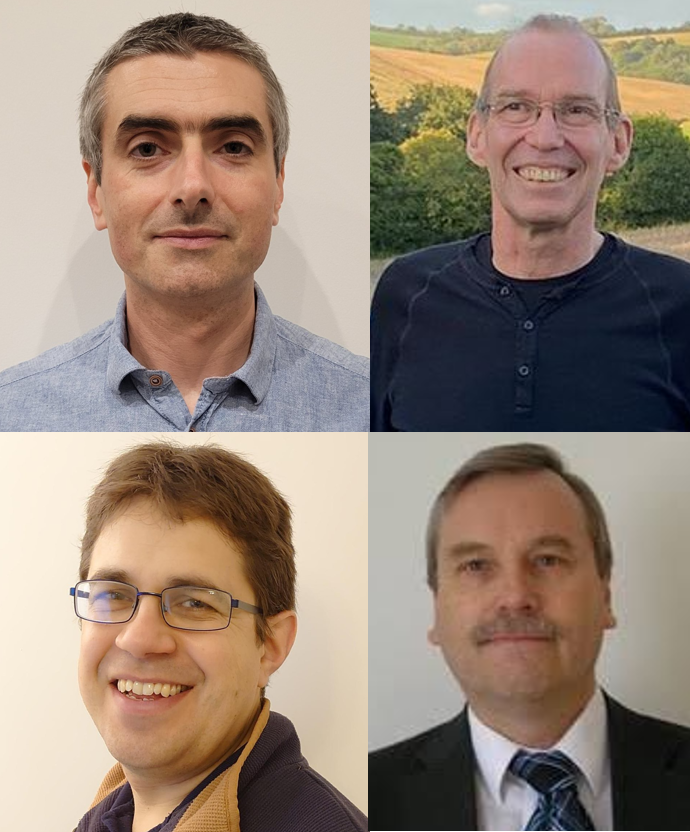
In this issue of the newsletter we focus on the successful participation of AeroTex UK in the SENS4ICE project. We reveal how the EU funding has been invaluable in helping the company grow and expand its network of partners and potential customers.
AeroTex UK specialises in in-flight icing consultancy and analysis services, including icing wind tunnel tests and flight tests. Becoming a partner in an EU-funded project was invaluable for the SME, which here reports on its work and experiences in SENS4ICE: the development of the Atmospheric Icing Patch (AIP), the results of the icing wind tunnel tests and the upcoming flight tests using the Embraer Phenom 300 platform.
How it all started
AeroTex UK (ATX) is a micro-SME based in Farnborough (UK), the home of the International Airshow. Our core competencies are in-flight icing consultancy and analysis services for airframers and their supply industry. ATX's work ranges from initial advice to full certification support covering analysis, icing wind tunnel tests and flight tests. Our specific focus on icing and the fact that we are involved in a wide range of activities ‒ from fundamental research to certification ‒ has allowed us to develop a deep understanding of the technology and requirements for ice detection and protection systems.
Based on this knowledge, within SENS4ICE we developed the concept of a light-weight, low power ice detector that detects the presence of atmospheric water based on the power required to maintain a heated surface at a constant temperature. Prior to SENS4ICE, we had already developed a probe-based ice detector that was tested alongside other research tests under Clean Sky Joint Undertaking projects.
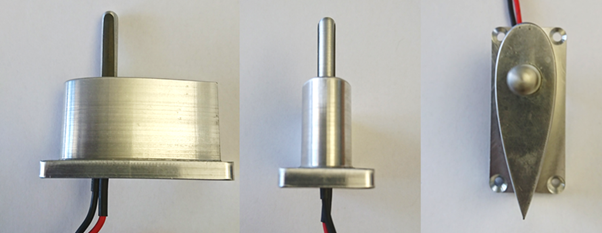
In 2017, the German Aerospace Center (DLR) encouraged us to participate in an “Ice Detection” initiative, and this is how we came to participate in SENS4ICE involving European and international aircraft manufacturers, equipment suppliers as well as research organisations and academia.
Concept identification under SENS4ICE
Our initial probe-based ice detector concept was a simple ice detection technology. However, with SENS4ICE focussing on the hazards of Supercooled Large Droplet (SLD) icing, we set ourselves the challenge of developing the concept further to detect and differentiate between "classical" icing droplet sizes and SLD icing conditions. Furthermore, the rise of Unmanned Aerial Vehicles (UAVs) and Urban Air Mobility (UAM) means that power is at a premium, so a low-power solution was our focus.
Differentiation between small and large droplets presents a significant challenge for ice detection. There are only two primary options: measuring the droplets directly using optical systems or differentiating by detecting where droplets are impinging.
For our technology, only the impingement location approach was feasible. After further studies, we identified that using flat patches distributed over the nose centreline area of the aircraft was the best solution as:
- A probe would use a lot of power to heat the probe base as well as the back of the probe, which was not required.
- Using a separate aerofoil-shaped probe or an existing part of the wing has several drawbacks:
- High-velocity gradients that change with angle would change the power draw;
- Differentiation between runback from a forward area and direct impingement would be difficult;
- Sensitivity to sideslip.
Patches on the nose of the aircraft overcome many of these issues as the fuselage has a significant straightening effect on the flow and therefore the variation in heat loss with change in angles is much reduced.
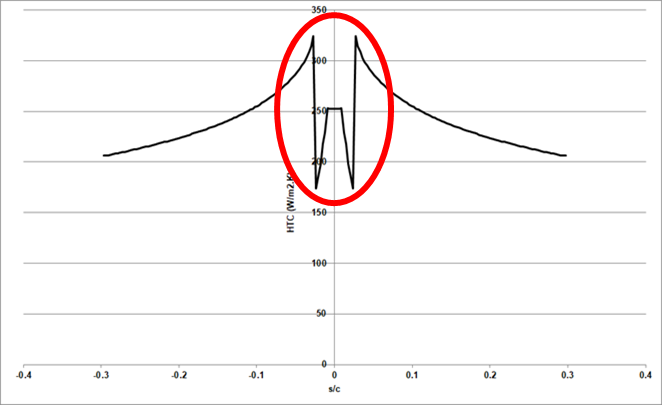
From these studies, the Atmospheric Icing Patch (AIP) system was developed.
AIP development under SENS4ICE
The Atmospheric Icing Patch (AIP) development has relied heavily on testing, analysing and refining the concept. As the system also responds to changes in airspeed, it was possible to perform initial testing in non-icing conditions to assess the relative behaviour of the different heater technologies. From these tests, we were able to determine which heater systems responded most rapidly to changes in speed and therefore determine which would provide the required sensitivity in an icing environment.
The first icing wind tunnel tests were performed with the support of Rail Tec Arsenal (RTA) climatic wind tunnel in Vienna, Austria. Whilst they were running a calibration test, they allowed us to test candidate systems downstream of the calibration rig. Using the data from this test we were able to refine the concept and take the system to test in the National Research Council Canada (NRC) Atmospheric Icing Wind Tunnel (AIWT) in Ottawa, Canada.
Due to the Covid-19 pandemic, the test at NRC was performed remotely using a combination of a communication platform and direct logging on to our data acquisition system. The test used a specially designed aerofoil that was designed to mimic the inertial separation of particles produced by a larger body. By locating AIP patches on the leading edge and the “bump” we were able to differentiate between the two icing types. Based on this successful test, the AIP was selected for flight on the Embraer Phenom 300 platform.
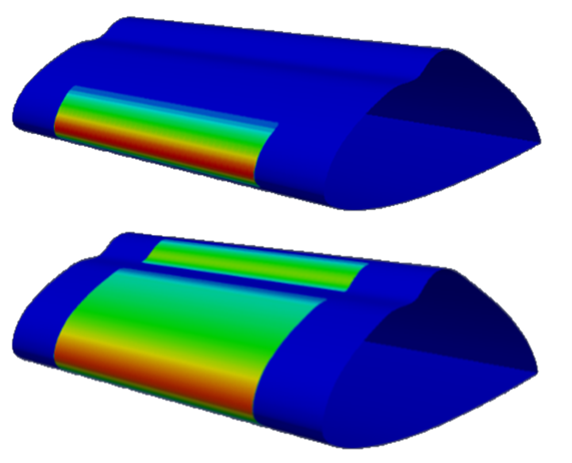
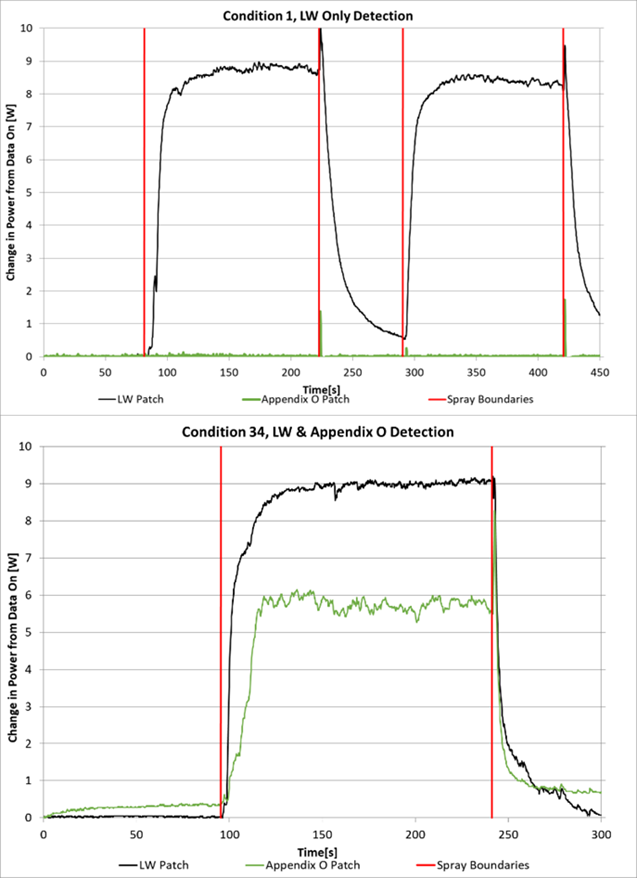
Following the testing at NRC, the system was further refined to improve both the system’s ability to characterise icing severity and its robustness under severe icing conditions. These final refinements were successfully tested in the Technical University of Braunschweig (TU Braunschweig) Icing Wind Tunnel and gave us confidence that the upcoming flight trials will be successful.
Partnership for success
The most successful part of the project has been the partnership that developed between those involved. The sensor development tasks were led by Honeywell, Collins Aerospace and Safran Aerosystems. All consortium partners worked towards a common goal in a cooperative environment, albeit with competing technologies. Furthermore, the support and flexibility provided by the icing wind tunnel owners involved in SENS4ICE (NRC, TU Braunschweig and Collins Aerospace) enabled us to complete our test matrices quickly, and then add further test points that allowed us to further develop our understanding of the system response.
For ATX, the support provided by Embraer has been the biggest aid to achieving our goal of reaching flight test. While ATX has a strong background in many areas of aerospace, meeting the requirements to put an actual system onto an aircraft is a huge step for a small company. A large team has worked with us at Embraer to provide support and guidance along every step of this journey.
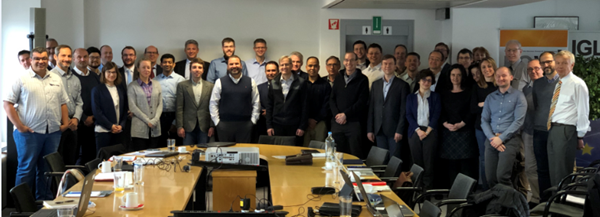
Benefits of SENS4ICE to ATX
SENS4ICE has provided the opportunity for ATX to develop an ice detection technology that would not have been possible without both the funding and, more importantly, the wind tunnel and flight testing facilities that have been made available to us. Throughout the project, we have successfully gone from a basic concept to a flight test-ready system which would have been unimaginable to us before the project started in 2019. Due to our participation in SENS4ICE and the exposure we have received through forums such as the SAE AC-9C Aircraft Icing Technology Committee meetings, the AIP has attracted significant interest from both airframers and Tier 1 suppliers, which makes us confident to further mature the technology and move towards full certification of the system. This has highlighted to us that we can go beyond a simple service offering towards development of valuable IP that we have the option to either develop ourselves or sell on up the aerospace supply chain.
In addition to the directly tangible benefits, SENS4ICE helped us raise our profile within the icing community and establish a network of colleagues from around the globe who we can work with on future programmes. So it is with great pleasure that we add the disclaimer:
 This project has received funding from the European Union’s Horizon 2020 research and innovation programme under grant agreement N° 824253.
This project has received funding from the European Union’s Horizon 2020 research and innovation programme under grant agreement N° 824253.
DISCLAIMER: The information, statements and opinions in the above article are personal views of the individuals involved in the SENS4ICE project and do not necessarily reflect the views of the SENS4ICE consortium as a whole, nor of the European Commission. None of them shall be liable for any use that may be made of the information contained herein.
